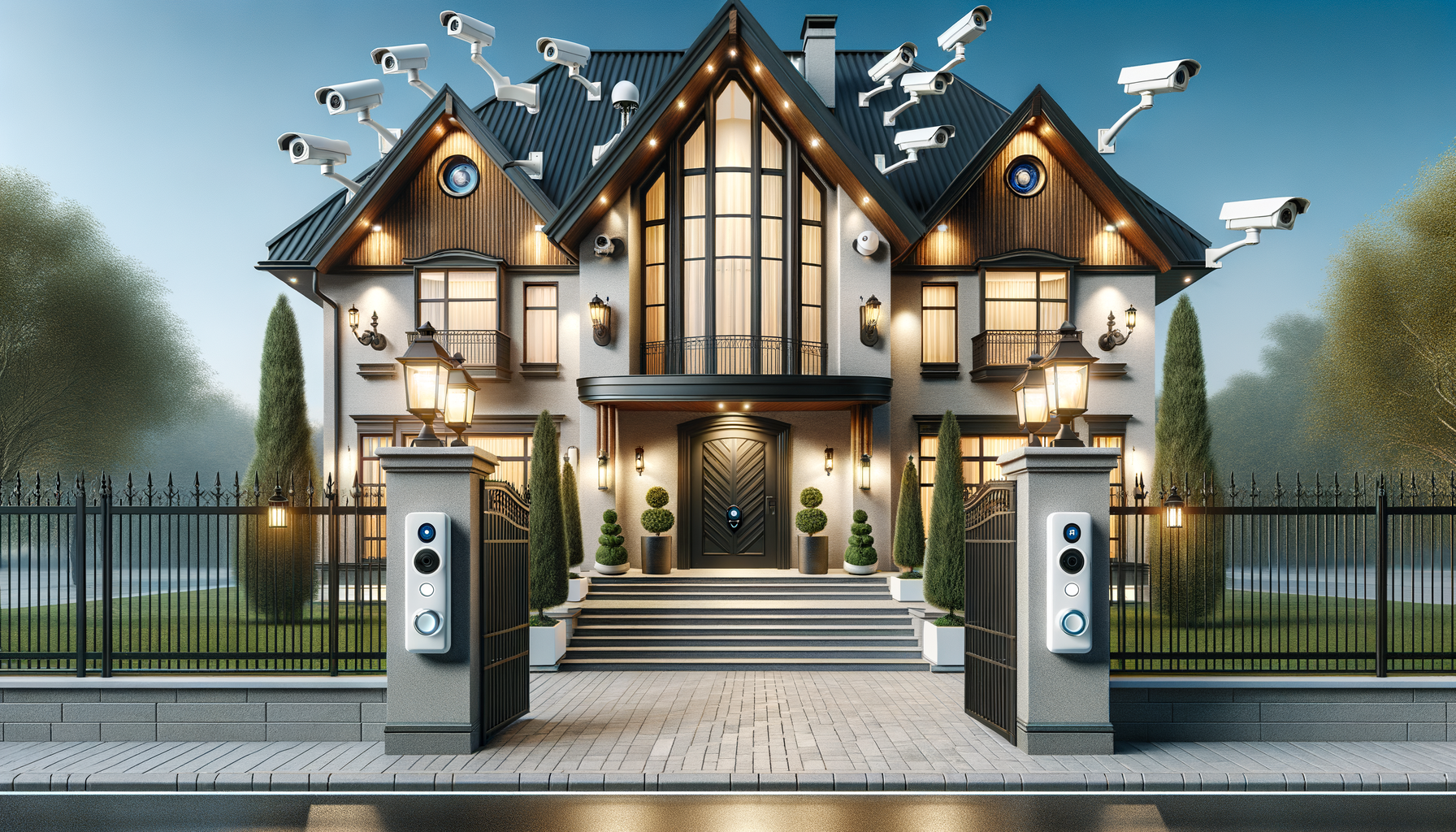Home Security: Essential Checks Before Installing Surveillance Cameras
Explore the essential checks recommended by security experts before installing surveillance cameras in your home.

Introduction to Home Security
In today’s world, ensuring the safety of our homes has become more crucial than ever. With advancements in technology, home security systems have evolved significantly, offering a range of options to safeguard your property and loved ones. Among these, surveillance cameras play a pivotal role in deterring potential intruders and providing peace of mind. However, before rushing to install these devices, it’s essential to understand the key factors that influence their effectiveness. This article delves into the critical checks and considerations recommended by experts before setting up surveillance cameras in your home.
Choosing the Right Type of Surveillance Cameras
When it comes to selecting surveillance cameras, the variety available can be overwhelming. It’s important to consider the specific needs of your home and the areas you wish to monitor. There are several types of cameras, each with its own set of features and advantages:
- Indoor Cameras: Ideal for monitoring the interior of your home, these cameras are typically compact and can be easily mounted on walls or ceilings.
- Outdoor Cameras: Built to withstand harsh weather conditions, these cameras are perfect for keeping an eye on your property’s exterior.
- Wireless Cameras: Offering flexibility in installation, wireless cameras can be placed in various locations without the need for extensive wiring.
- Wired Cameras: Known for their reliability, wired cameras provide a stable connection and are less prone to interference.
- PTZ Cameras: Pan-Tilt-Zoom cameras allow for remote control of the camera’s view, offering comprehensive coverage of large areas.
Understanding the differences between these types can help you make an informed decision that aligns with your security needs and budget. Additionally, consider factors such as resolution, night vision capabilities, and storage options to ensure you choose a camera system that offers exceptional quality and reliability.
Installation Considerations for Optimal Coverage
Proper installation is key to maximizing the effectiveness of your surveillance cameras. Before setting up, consider the following installation tips to ensure optimal coverage:
- Strategic Placement: Identify the most vulnerable areas of your property, such as entry points, driveways, and blind spots, and position cameras to cover these zones.
- Height and Angle: Mount cameras at a height that prevents tampering while offering a clear view of the monitored area. Adjust the angle to minimize obstructions and enhance visibility.
- Lighting Conditions: Consider the lighting in the area where the camera will be installed. Ensure that the camera can handle varying light conditions, such as bright sunlight or low light at night.
- Network Security: If using wireless cameras, secure your network with strong passwords and encryption to prevent unauthorized access.
- Regular Maintenance: Periodically check and clean your cameras to maintain clear footage and ensure they are functioning correctly.
By taking these factors into account, you can create a robust surveillance system that effectively monitors your home and enhances your overall security strategy.
Legal and Ethical Considerations
While surveillance cameras are a powerful tool for home security, it’s important to consider legal and ethical implications. Before installing cameras, familiarize yourself with local laws and regulations regarding surveillance. Here are some key points to keep in mind:
- Privacy Laws: Ensure that your cameras do not infringe on the privacy of others. Avoid pointing cameras towards neighboring properties or areas where individuals expect privacy, such as bathrooms or bedrooms.
- Signage: In some regions, you are required to inform visitors and passersby that they are being recorded. Consider placing signs that indicate the presence of surveillance cameras.
- Data Protection: If your cameras record and store footage, ensure that the data is protected against unauthorized access. Implement secure storage solutions and limit access to authorized personnel only.
- Ethical Use: Use surveillance responsibly and ethically. Avoid using cameras for purposes beyond security, such as spying on individuals without their consent.
By adhering to these guidelines, you can ensure that your surveillance system is compliant with legal standards and respects the privacy and rights of others.